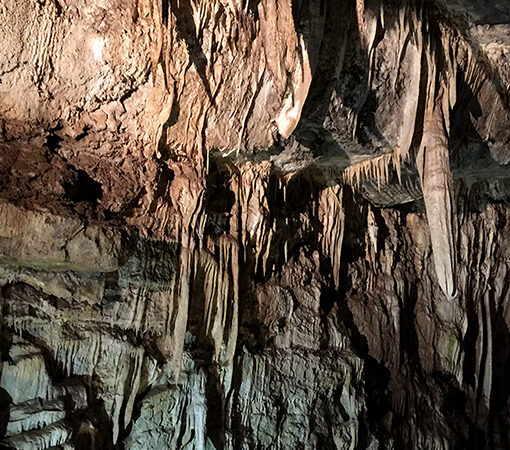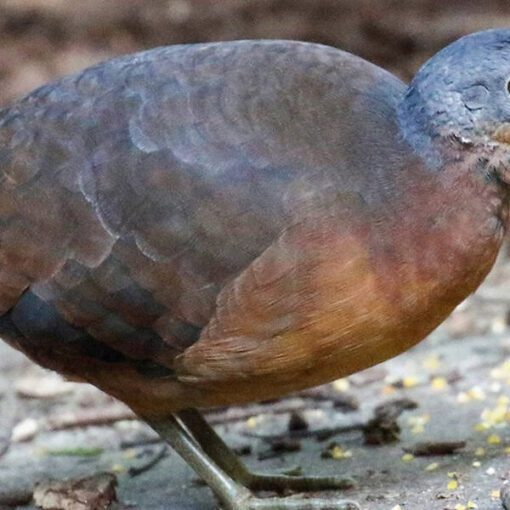QCOSTARICA — Poás Volcano continued its eruptive activity this Friday, May 9, with low-density ash emissions, incandescence during the night, and more stable seismic behavior compared to last week.
According to Geoffroy Avard, a volcanologist at the Observatorio Vulcanológico y Sismológico (Ovsicori) – Volcanological and Seismological Observatory, the colossus continues its active eruption, although the ash content observed Friday morning was low.
“During the night, incandescence was again recorded in the crater area, visible through cameras in the infrared spectrum,” Avard indicated.
– Advertisement –
He also explained that, although the luminosity appears minimal to the naked eye, specialized sensors capture a reddish area that indicates the persistence of hot materials due to sulfur combustion.
Thursday’s Eruption and Seismicity
The volcanologist also indicated that on Thursday, May 8, there was a surge in seismic activity, followed by an abrupt pause of approximately one hour.
Subsequently, around 2 pm, a major eruption occurred, generating a plume over 1,000 meters (1 kilometer) high with a strong seismic signal.
“Although cloudy conditions prevented precise height measurements, it is estimated that the column exceeded one kilometer in altitude,” the expert indicated.
The eruption originated at mouth A, one of the most active in the current eruptive cycle.
– Advertisement –
After that event, the seismic signal stabilized again, remaining at low levels, indicating less activity in recent hours.
“So the volcano remains active and erupts regularly,” Avard summarized, emphasizing that although eruptions aren’t always explosive or visible from long distances, the volcano remains in an active phase that requires constant monitoring.
– Advertisement –
Source link
Rico



